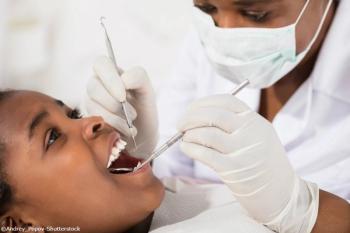
A retrospective study shows that undergoing oral care prior to cancer surgery decreased postoperative complications.

Your AI-Trained Oncology Knowledge Connection!


A retrospective study shows that undergoing oral care prior to cancer surgery decreased postoperative complications.

Cancer patients with a documented history of depressive symptoms prior to hospital admission experience an extended hospital stay.
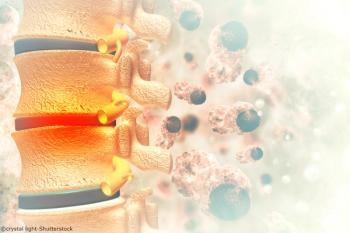
Targeted delivery of nanoparticles may reduce systemic and CNS toxicity in spinal cord tumors.

Study shows that ctDNA levels measured by targeted deep sequencing sensitively indicate the presence of cancer.

A study shows that LKB1 deficiency in T cells increases gastrointestinal polyposis development.

Oncologists should refer patients who want traditional genetic counseling and/or have preexisting psychosocial factors that would increase risk of an adverse psychological outcome of counseling.
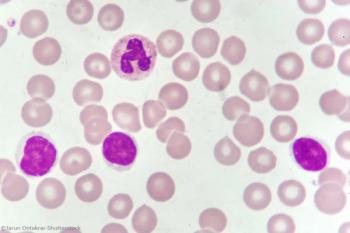
In analyzing over 8,300 mosaic chromosomal alterations in UK Biobank participants, Harvard researchers uncovered specific alterations that may predict for CLL.
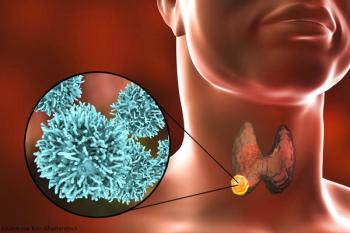
Brazilian researchers say their study results “suggest the overall DNA methylation profile may be influenced by the histological subtype of thyroid cancer.”

Strong efficacy and safety outcomes with this agent, which targets the molecular driver of an AML subset, have led to its approval in IDH1-mutated R/R disease.
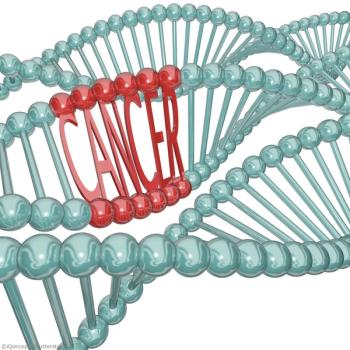
Oncologist Dr. Vivek Subbiah and computer scientist Dr. Jason Roszik, both from MD Anderson, discuss optimizing “omics” databases to inform cancer patient care.

In an exclusive interview, thyroid cancer expert and surgeon Dr. Louise Davies discusses overdiagnosis and overtreatment of subclinical thyroid cancers.
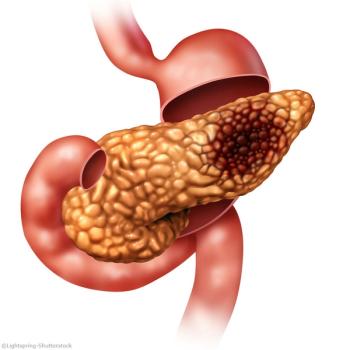
A team of Texas-based oncologists says their preclinical study results “demonstrate that IGF-1R and FOXC1 seem to positively regulate each other.”

FDA, CMS, and Department of Veterans Affairs experts will be included. Dr. Robin Zon, a past chair of ASCO’s Government Relations Committee, said it is “critical” that the FDA work with providers and patients.

In an interview with Cancer Network, Lorraine Drapek describes a multidisciplinary program at MGH to support vaginal and sexual health post RT for GI and gynecologic malignancies.
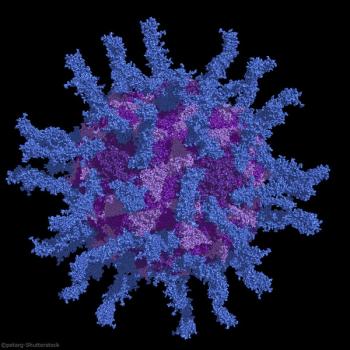
A noncontrolled phase I study in recurrent metastatic glioblastoma showed 3-year survival was five times higher in patients treated with intratumoral PVSRIPO.

In a phase I trial, this first-in-class novel drug yielded a 71% response rate in very high expressers of PD-L1 treated at 1,200 mg every 2 weeks.

Oncology nurse leaders share insights into the care of vulnerable oncology populations-from ED triage to tailored telehealth sessions for homeless populations.

Three and 6 months after undergoing the psychotherapeutic intervention Managing Cancer and Living Meaningfully (CALM), participants reported less-severe depressive symptoms.

A team from Children’s Healthcare of Atlanta reports unexpected factors determining which adolescents participated in sperm banking.

A pilot protocol developed at Memorial Sloan Kettering Cancer Center resulted in exponential increases in both influenza and pneumococcal vaccinations in the outpatient setting.

Quit rates reported by a smoking-cessation program at Duke Cancer Center increased from 17% to 34% in the 2 years since it was implemented.

While over half of survivors had heard of metabolic syndrome, in one-third with the condition, fewer than 10% had been diagnosed; educational strategies may be of benefit.

Oncology nursing leader Deborah Boyle highlights some essential tips to address common issues in bedside care, staff communication, and on-the-job distress.

DNA and RNA sequencing results suggest prostate cancer treatment “involving inhibition of CDK12 and immune checkpoint blockade,” a U Michigan team said.

This study is the first to show significantly improved OS from single-agent treatment in this particularly difficult to treat population.

For each 25 nmol/L increment of circulating vitamin D, colorectal cancer risk was 19% lower in women and 7% lower in men.

Following diagnosis, only one-third of black women in this retrospective study were referred to genetic counselors-and none actually received counseling.

In the Utah Cancer Survivors Study, male thyroid cancer survivors had an almost 50% higher risk of developing cardiovascular disease than females.

The study is potentially a “leap forward” in cancer genomics, particularly for subsets of patients with metastatic and anaplastic thyroid cancer.

The trastuzumab biosimilar ABP 980 showed noninferiority to trastuzumab in a large trial of patients with early HER2-positive breast cancer.